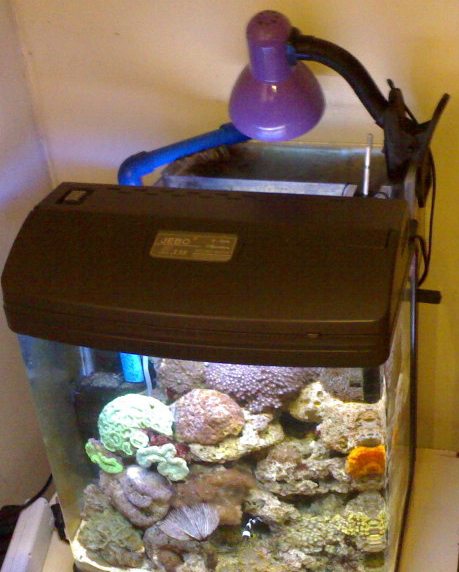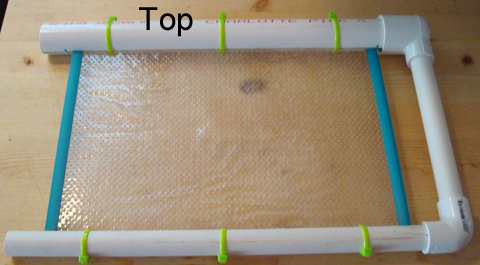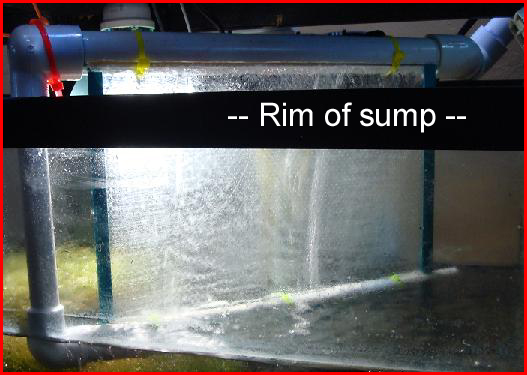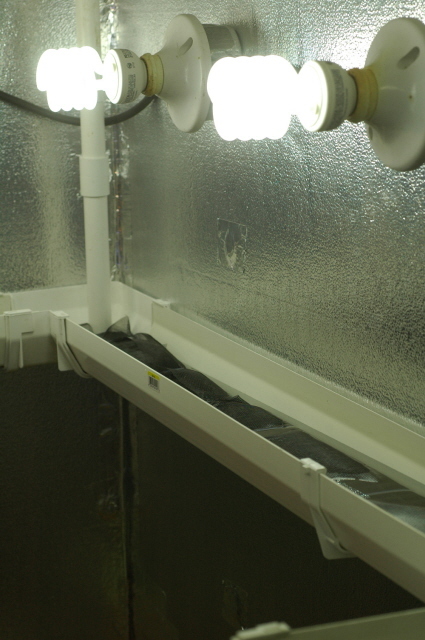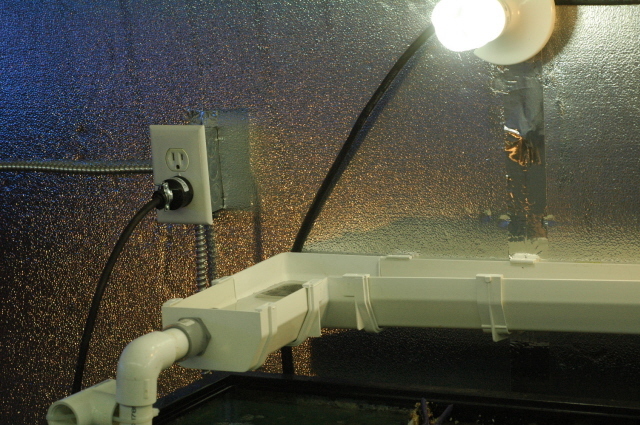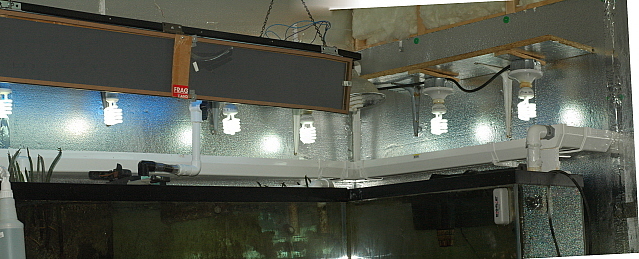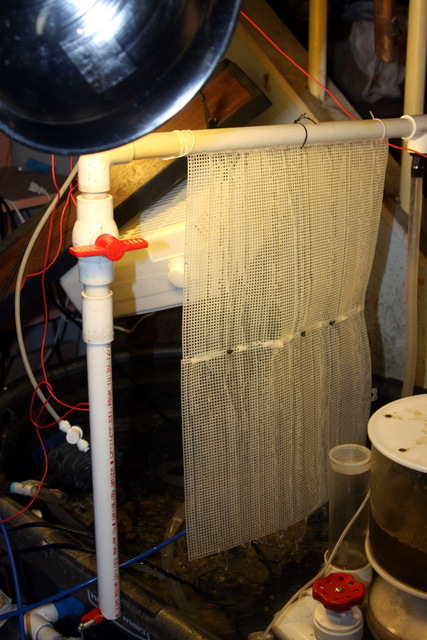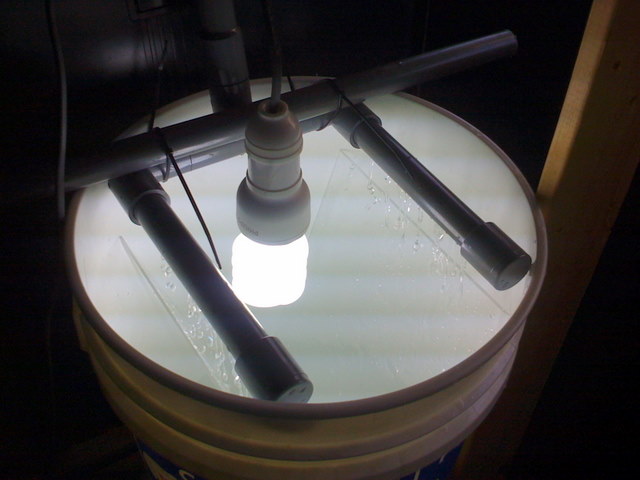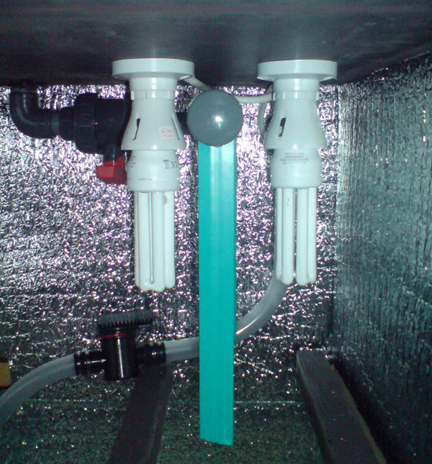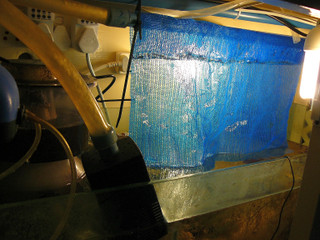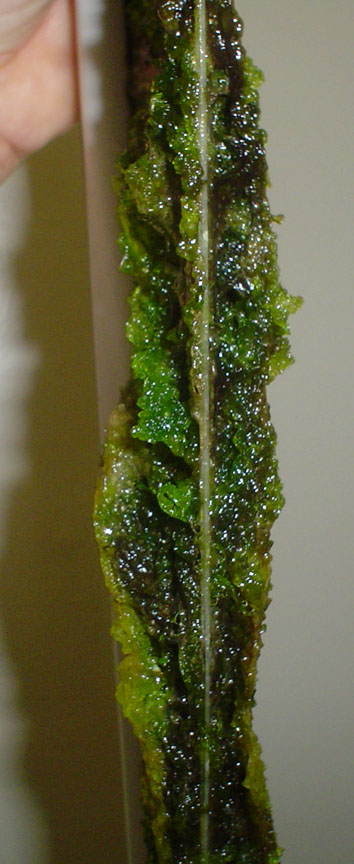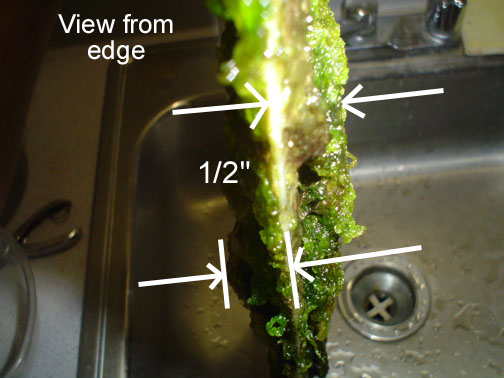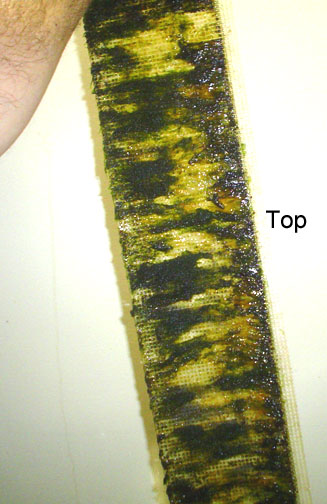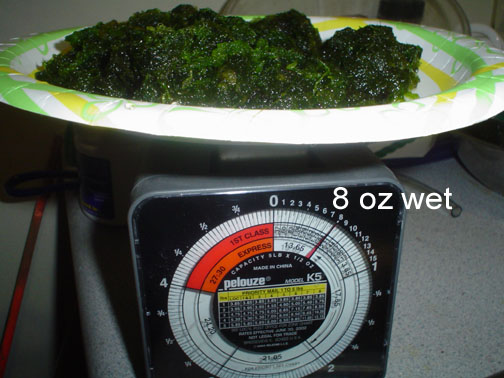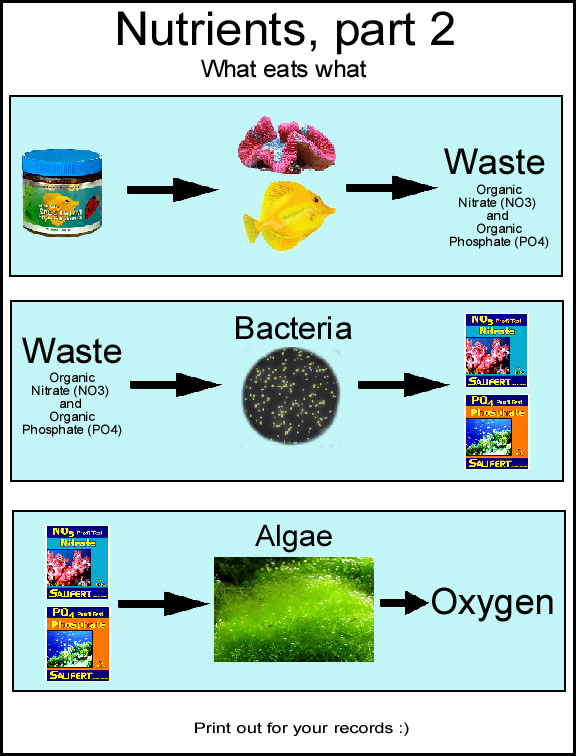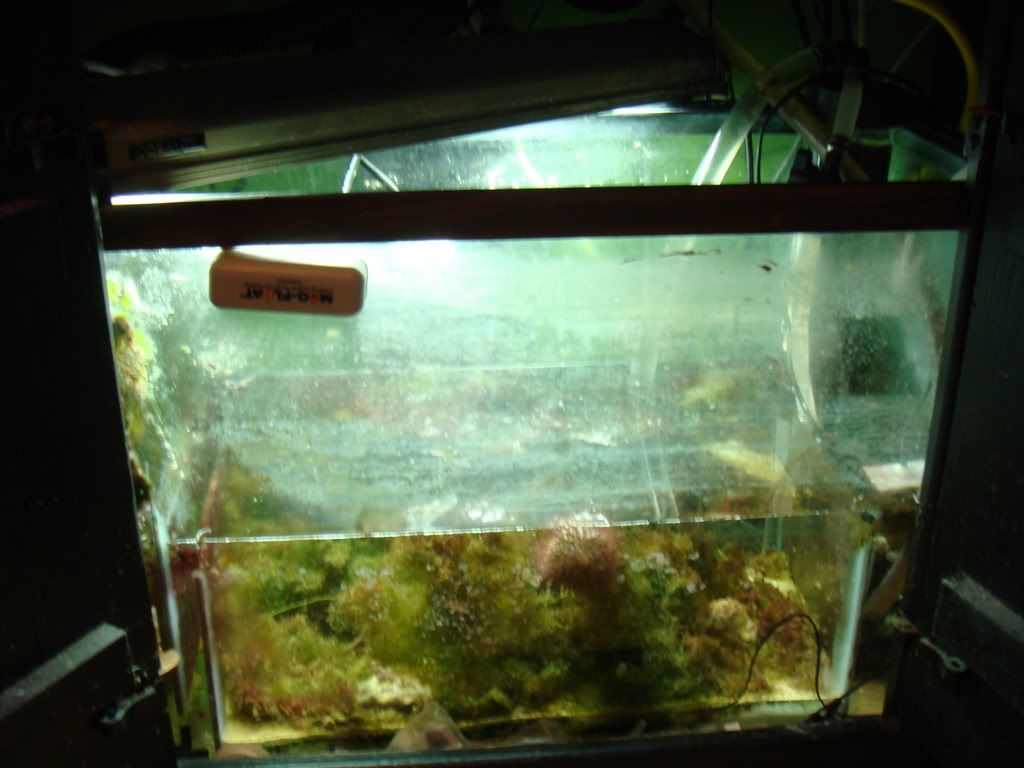aztec reef
Active Member
I'm the ONE who has been saying for many times that nutrient -poor environments are the way to go...
Back to your question:
"Creating an area that absorbs those nutrients so it doesn't develop in the display tank".
Sure, isn't that the whole idea behind any type of biofilters?
The point here is ,the less abundance of nutrient in water coulumn the less need for this extra filters/nitrifiers ..especially in enclosed systems..
like that saying goes, if it ain't broke don't fix it..
those nutrients are developing back in water column via pod infestation..
Pod infestation is the result of high nutrient available in water column..
Its all about balance!!
Unless you're a proctologist like santamonica, an have the ability to use an endoscope to look for filter feeding sponges in all crevices..
Back to your question:
"Creating an area that absorbs those nutrients so it doesn't develop in the display tank".
Sure, isn't that the whole idea behind any type of biofilters?
The point here is ,the less abundance of nutrient in water coulumn the less need for this extra filters/nitrifiers ..especially in enclosed systems..
like that saying goes, if it ain't broke don't fix it..
those nutrients are developing back in water column via pod infestation..
Pod infestation is the result of high nutrient available in water column..
Its all about balance!!
Unless you're a proctologist like santamonica, an have the ability to use an endoscope to look for filter feeding sponges in all crevices..

